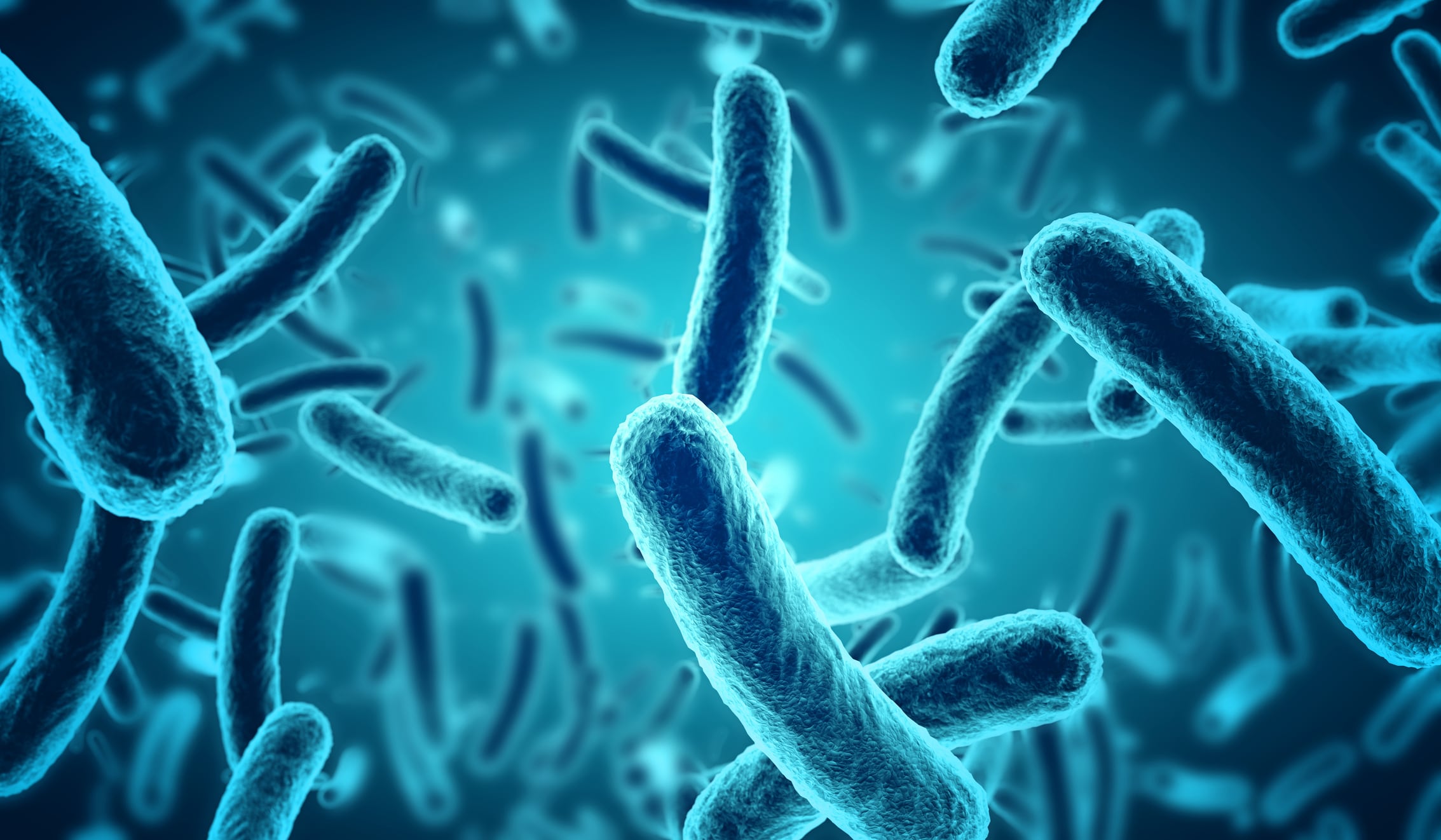Published in peer-reviewed scientific journal, Microbial Biotechnology, the study is the result of more than ten years of preclinical and clinical trials.
BPL1's impact on metabolic health and weight management biomarkers have previously been elucidated through studies, but before now there was was very little understanding of the specific compound and biological machanism used to produce the observed results so the team wanted to explore this further.
The researchers discovered that lipoteichoic acid (LTA) is responsible for its fat‐reducing properties of the probiotic strain and that this attribute is preserved under hyperglycaemic conditions. They further found that this fat‐reducing capacity of both BPL1 and LTA‐BPL1 is removed under glucose restriction, as a result of changes in LTA chemical composition.
Moreover, the study demonstrates that LTA exerts this function through the IGF‐1 pathway, as does BPL1 strain, opening the possibility of using LTA as a novel postbiotic, whose beneficial properties can be applied therapeutically and/or preventively in metabolic syndrome and diabetes‐related disorders.
Marta Tortajada Serra, director of R&D at ADM, explains that while other research has studied the effectors responsible for probiotics benefit, "the level of insight on the molecule, control over its functionality, and link to the target biomarkers related to the health benefit and pathway involved is a real milestone for the scientific community".
Although different roles have previously been described for probiotic LTA, particularly LTA from lactic acid bacteria, as for example host adhesion mediation and immunomodulation (Lebeer et al., 2012; Shiraishi et al., 2016; Kim et al., 2017), no effect of LTA on obesity and hyperglycaemia has previously been described.
Due to the high complexity of LTA, ADM says further analysis will be necessary to fully elucidate the chemical structure of LTA from BPL1 and gain a better understanding of the structure–function relationship.
Daniel Ramón Vidal, PhD, Vice President – R&D Health & Wellness at ADM, says this study will allow ADM' customers to better position their products with more meaningful and suitable claims.
"No other company in the world has managed to elucidate the mechanism of action for a probiotic, and the fact that we have evidence of it in a peer-reviewed, scientific journal, is testament to the value of our research," he says.
Tortajada Serra adds: "Having such a high level of understanding about how the functionality is achieved means that we can help food, beverage and dietary supplement manufacturers to overcome the necessary regulatory expectations for responsible claims to innovate more effectively in their space."
ADM's researchers next plan to identify the molecule responsible for the functionality in other key strains within the portfolio.
Source: Microbial Biotechnology
Martorell. P., et al
"Lipoteichoic acid from Bifidobacterium animalis subsp. lactis BPL1: a novel postbiotic that reduces fat deposition via IGF‐1 pathway"





